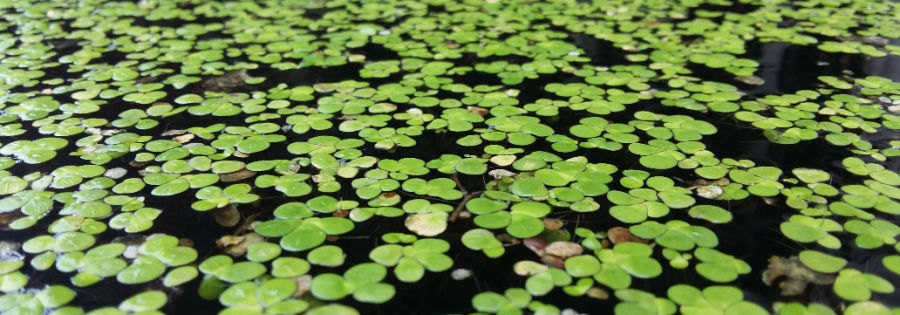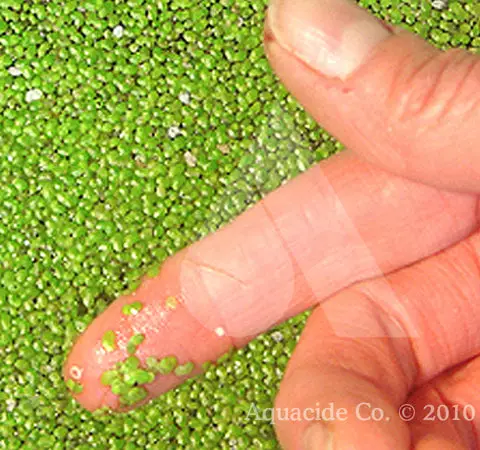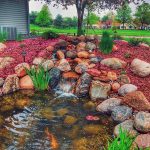Duckweed, a common nuisance in ponds, can quickly take over and disrupt the balance of your pond ecosystem. It is important to address this issue promptly to prevent further spread. In this article, we will explore various methods to help you get rid of duckweed and restore the health of your pond.

Credit: www.pinterest.com
1. Manual Removal
One of the simplest ways to control duckweed is through manual removal. Use a fine mesh net or rake to skim the surface of the pond and physically remove the duckweed. This method is effective for small infestations and should be done regularly to prevent regrowth.
2. Biological Control
Introducing natural predators of duckweed, such as certain species of fish or ducks, can help control its growth. Fish like koi, grass carp, and tilapia are known to feed on duckweed, helping to reduce its population. However, be cautious when introducing new species to your pond to avoid disrupting the existing ecosystem.

Credit: www.coastalspray.com
3. Aeration
Aerating your pond can help reduce the growth of duckweed. By increasing oxygen levels in the water, you can promote the growth of beneficial bacteria that compete with duckweed for nutrients. Consider installing a fountain or aerator to improve water circulation and prevent duckweed from thriving.
4. Chemical Treatments
Herbicides can be used as a last resort to control duckweed infestations. However, it is important to use them with caution and follow the manufacturer’s instructions carefully. Some common herbicides used to treat duckweed include fluridone and diquat. Be sure to check if the herbicide is safe for fish and other aquatic life in your pond.
5. Shade the Pond
Duckweed thrives in bright sunlight, so shading your pond can help reduce its growth. Planting trees or installing shade sails around the pond can help block sunlight and create a less favorable environment for duckweed to flourish. This method can be effective in combination with other control measures.
6. Nutrient Control
Excessive nutrients in the water can contribute to the growth of duckweed. Implementing measures to control nutrient levels, such as reducing fertilizer runoff and limiting the use of organic matter near the pond, can help prevent duckweed from spreading. Regular water testing can help you monitor nutrient levels and take appropriate action.
7. Preventive Measures
Preventing duckweed infestations is key to maintaining a healthy pond. Avoid overfeeding fish, as uneaten food can contribute to nutrient buildup in the water. Regularly clean filters and remove debris to prevent the accumulation of organic matter that can fuel duckweed growth. By practicing good pond maintenance, you can reduce the risk of duckweed outbreaks.
8. Mechanical Control
Using mechanical methods such as pond skimmers or surface vacuums can help remove duckweed efficiently. These tools are designed to skim the surface of the water and collect duckweed, preventing it from spreading further. Regular use of mechanical control methods can help keep duckweed populations in check.
Conclusion
Dealing with duckweed infestations in a pond requires a multi-faceted approach that combines manual, biological, and chemical control methods. By implementing a combination of these strategies and practicing good pond maintenance, you can effectively manage duckweed and restore the balance of your pond ecosystem. Remember to monitor the effectiveness of your chosen methods and adjust your approach as needed to keep duckweed at bay.





